The sticker on the old box-like computer is torn at the corners from failed attempts at removal, but the stern warning penned on the label is still clear: “This machine is a server. Do not power down!!”
Anyone who ignored the plea would have achieved something unthinkable today: to unplug the computer would have shut down the web. Or at least its nascent form, designed by Tim Berners-Lee in 1989 on this black NeXT workstation.
The well worn computer is one of more than 800 objects brought together by the Science Museum for the UK’s first permanent gallery dedicated to the history of information and communications technology. Information Age: six networks that changed our world spans 200 years of transformation, from electric telegraphy, broadcasting and telephony to satellite communications, the web and mobile voice and data networks.
To be opened by the Queen and the Duke of Edinburgh on Friday afternoon, the gallery is the first project to emerge from an ambitious masterplan to transform the museum. Next in line is the new mathematics gallery, designed by Zaha Hadid, and due to open in 2016. The museum’s medical history gallery, due in 2018, aims to be the largest of its kind in the world.

The Information Age takes over the single largest gallery in the Science Museum, a space previously devoted to the history of shipping, the other great revolution that brought people together and made the world a smaller place. The one remaining exhibit from the older gallery is a coil from the transatlantic cable, laid in the mid-19th century, that allowed telegraphic messages to be sent between the UK and the US for the first time.
“The laying of the first transatlantic cable completely changed the game for the whole world,” said Tilly Blyth, lead curator of the gallery. “The moment you can send messages in minutes rather than weeks, you can trade in minutes; stocks and shares information can go back and forth more quickly. Previously, messages were sent by ship and took four weeks to get there.”
Electrical signals flowed down the transatlantic cable but they arrived at their destination weak from resistance. Here they met with the ingenious mirror galvanometer, perfected and patented by Lord Kelvin in 1858. It turned the signals into deflections of a mirror, which in turn moved a beam of light that shone on a scale, the way a watch face can reflect sunlight on a summer’s day.
An elliptical raised walkway surrounds the gallery, a space designed with a small town in mind, where in place of a central town hall lies the Rugby tuning coil, an extraordinary 6m-tall structure of wood and copper and once the largest transmitter in the world. “Having the coil at the heart of the gallery confounds people’s expectations of communications technology,” said Jason Holley, a director at Universal Design Studio, whose staff spent three years on the project.
The inventing process is rarely straightforward. For Alexander Graham Bell, the great Scottish innovator, the accidental discovery that his harmonic telegraph could transmit sounds, and not just a single note, put him on course for conflict with his financial backer, Gardiner Hubbard. The US financier wanted Bell to make a machine that could carry multiple morse messages at once. But Bell saw the promise of the telephone and, against Hubbard’s wishes, changed tack.
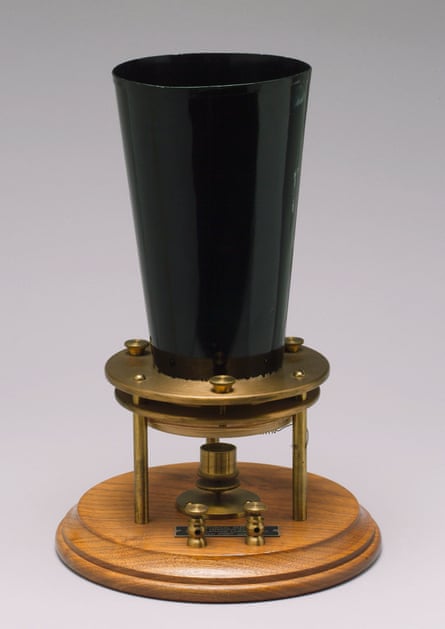
The tension did little for Bells’ hopes of marrying Hubbard’s daughter Mabel, a profoundly deaf girl he was teaching. “It put him under enormous pressure. He could only marry Mabel if he could provide her with an income, and he thought that would come from the telephone,” said John Liffen, curator of communications. In 1876 Bell was granted a patent for his invention and the two married the following year.
Martha Lane Fox, co-founder of Lastminute.com and chair of Go On UK, a coalition of organisations that help people get online, said she hoped visitors would be inspired by the audacity and ingenuity of the inventors. “What I take from it is the scale of ambition, and if anyone can walk away from here inspired to bring a bit of that ambition back, then that’s fantastic,” she said. “What’s very important is how many women have been involved in the journey.”
The stories of key technologies in each network are told through large, semi-enclosed interactive booths. Audio dramas from the playwright Bonnie Greer reveal the emotions surrounding the use of the telephone at different times in history. With help from comedian Josie Long, a giant Tim Berners-Lee explains from an intelligent booth what happens when you click on a hyperlink.
The advent of the web alone has brought a staggering pace of change. Set against the electromechanical devices of the 19th century, the glorious muddle of valves and coils that is the BBC’s 2LO transmitter, and displays of the ZX81 and Vic20 from the 1980s, the rate of advance is breathtaking.
“We are always told we are living in this incredible period of change. For me, it’s just the latest in a series of transformations. They’ve been happening for 200 years,” said Blyth.
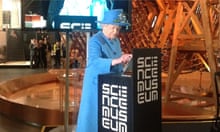
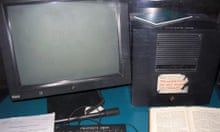


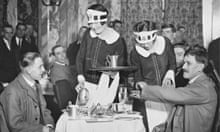

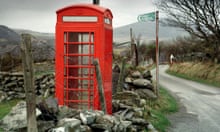
Comments (…)
Sign in or create your Guardian account to join the discussion